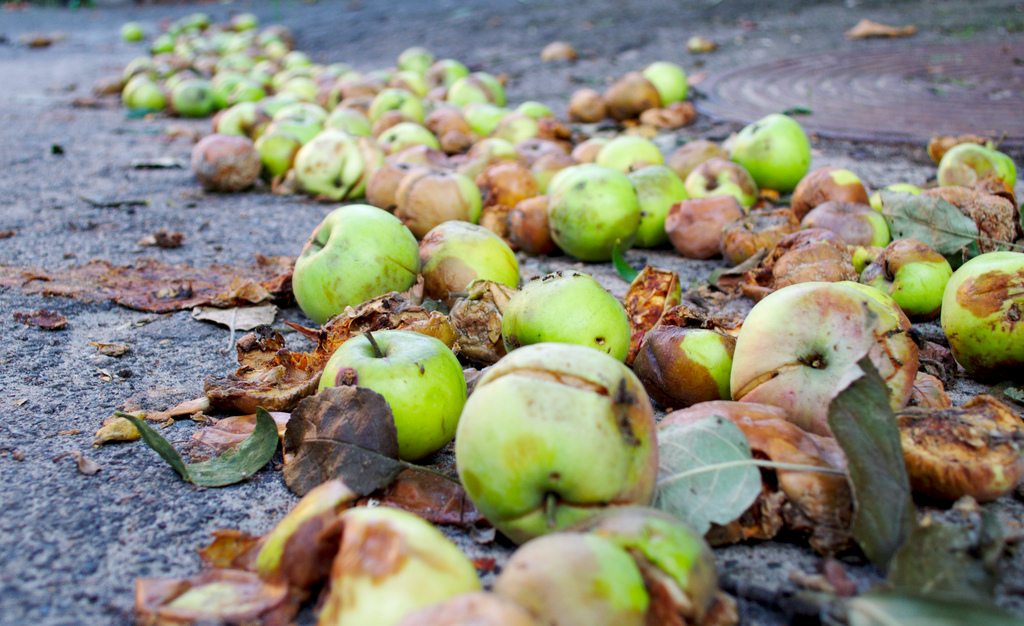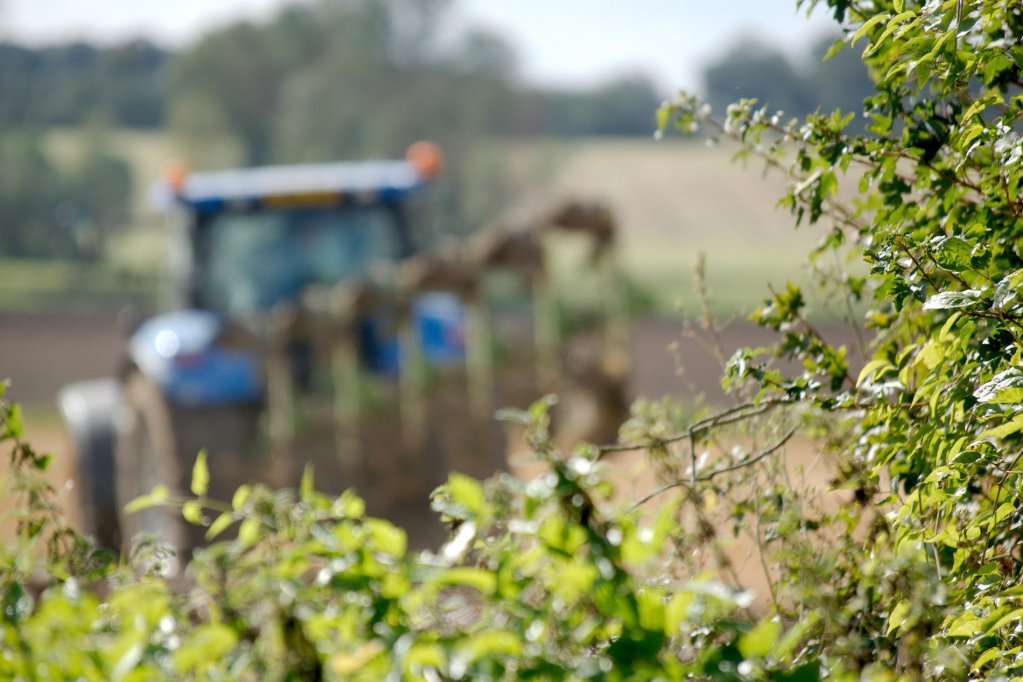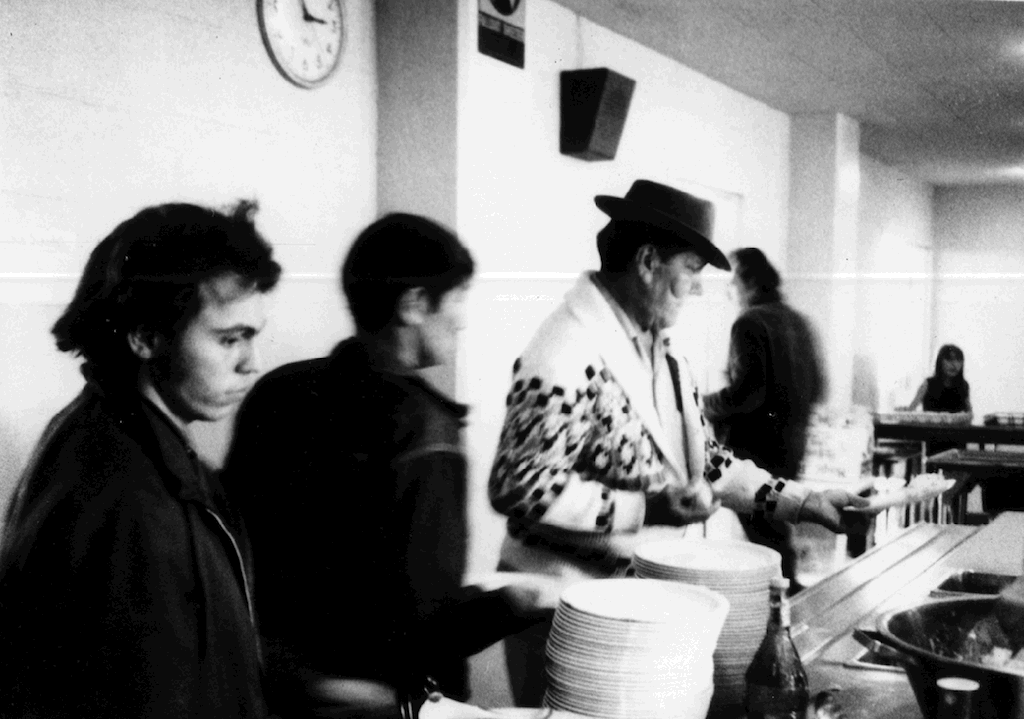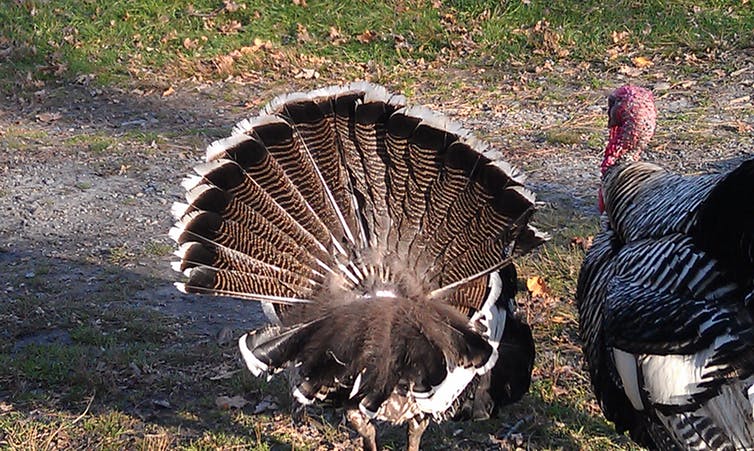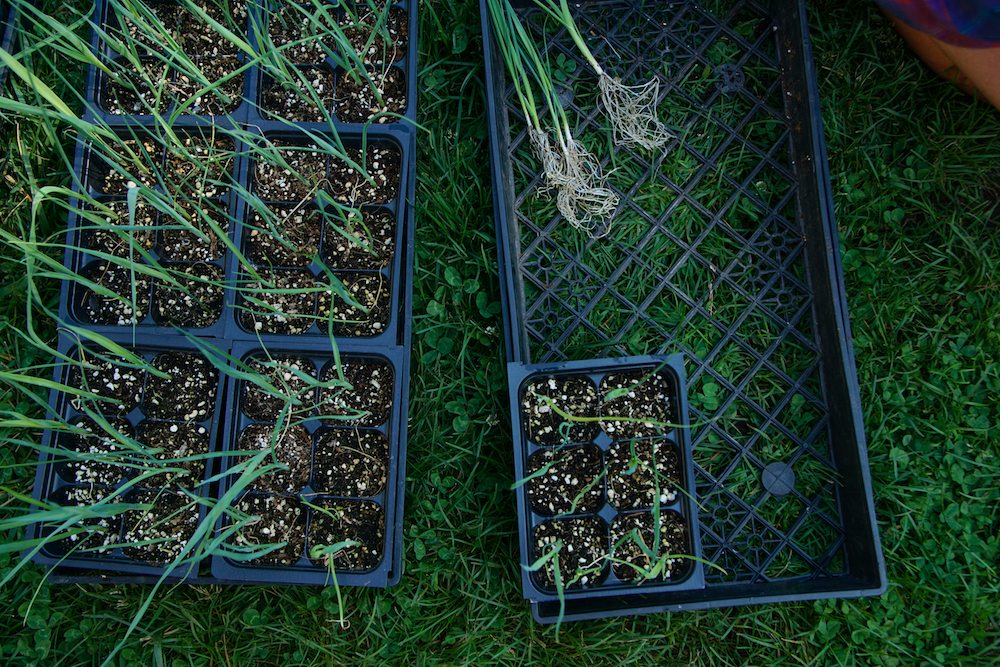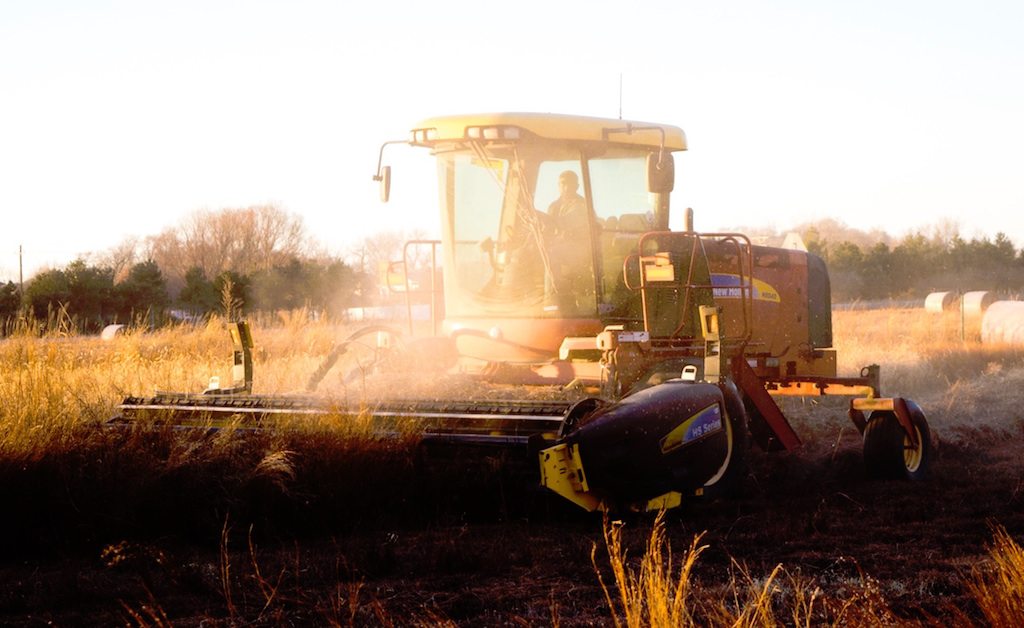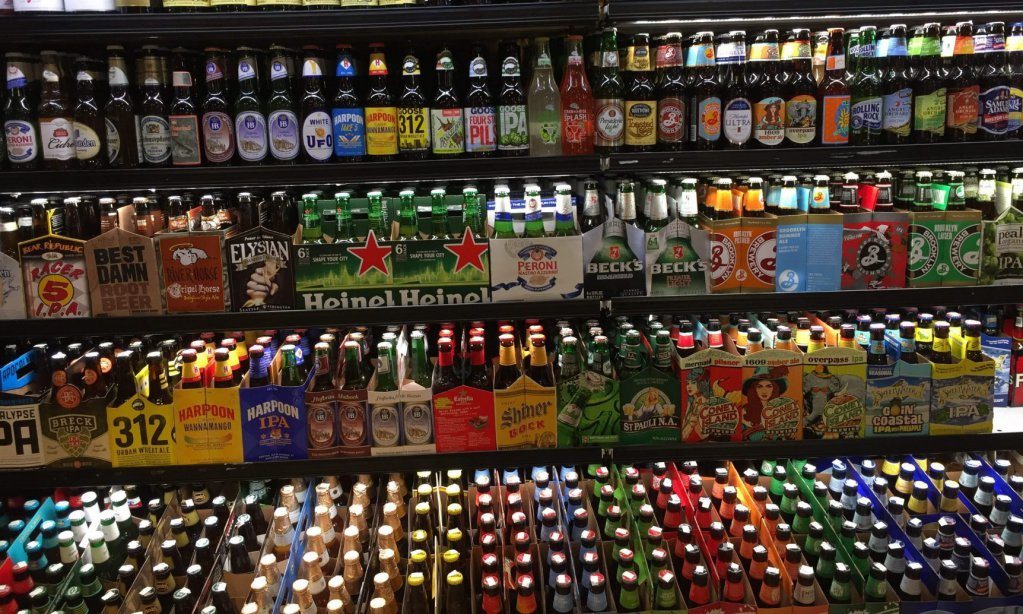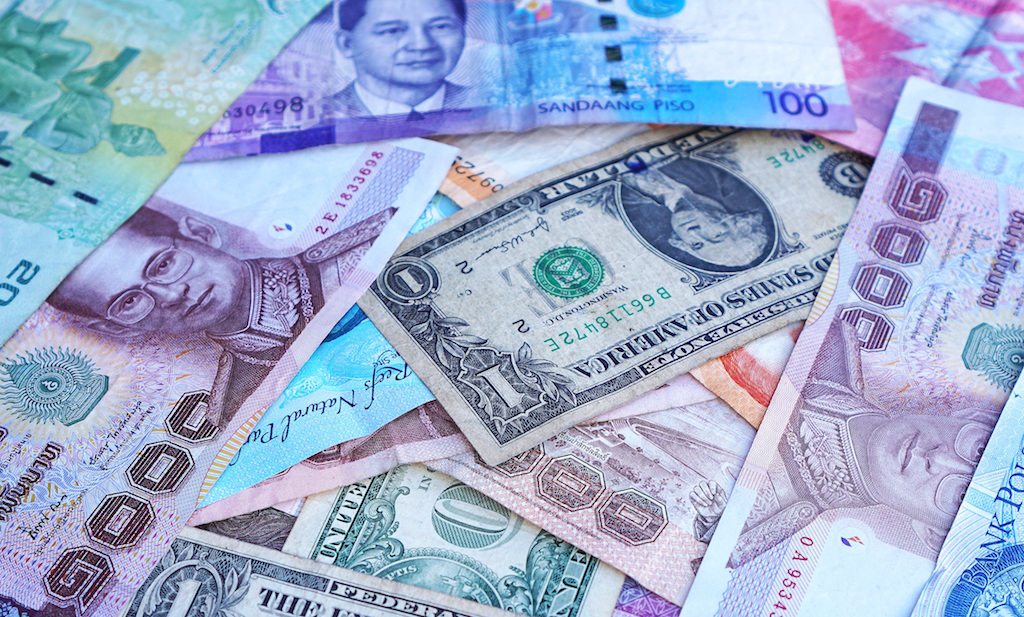Say you’re a journalist, and you’ve been assigned a story about food waste. You’re on a deadline, and you need some handy numbers to put a sprawling, overwhelming issue into context. Whether you’re writing about the relationship between hunger and wasted food, the latest scrappy startups, freegans, or the trash generated by social media-induced body shame, odds are good that two factoids will find their way into your work: First, Americans waste about $165 billion worth of food each year. Second, 40 percent of all food in the United States goes uneaten.
Over the past five years, journalists have repeatedly, almost reflexively reached for both stats. They’ve become a kind of shorthand, a quick, easy way to achieve a sense of high stakes in stories about food waste. Here they are in a Reuters report. And in The Atlantic. In the Washington Post and the Huffington Post. Again in the Kansas City Star, and on CNBC, and repeated by a source on NPR’s “Morning Edition.”
In other words, these numbers—plugged into reporting by journalists all over the country, and recited by advocates like gospel—are likely to be the headline in any high-profile conversation on the topic of wasted food.
But how do we know they’re true?
I don’t mean to suggest these numbers are “fake news” (or as we call them, “lies”)—the kind of demonstrably false reports that have spread on social media with alarming frequency. No one could deny that food waste is a major issue in this country. But these specific, hard-seeming numbers, so tantalizing to journalists (myself included): where do they actually come from? And do they hold up under scrutiny?
Maybe not. A new study by researchers from the University of Minnesota’s Department of Applied Economics, and published in The American Journal of Agricultural Economics, argues that commonly cited food waste estimates are likely to be inaccurate, incomplete, overstated, or contradictory. The biggest issue the authors point out? No one knows exactly what we mean when we use the term “food waste.” It turns out that definitions differ significantly from study to study, resulting in “wildly different estimates” and, ultimately, different policy conclusions.
Take, for example the two ubiquitous claims I’ve cited above. Who came up with those numbers—that 40 percent of food is wasted, amounting to $165 billion in squandered food? How were those conclusions reached, and were the methods sound?
Food that never makes it out of the farm gate can be classified differently than food that gets wasted at the grocery store
It probably started with a report published in 2012 by the National Resources Defense Council (NRDC), called “Wasted: How America Is Losing Up to 40 Percent of Its Food from Farm to Fork to Landfill.” “Wasted” was widely circulated in the media, and did much to increase the public’s sense of urgency around food waste. In some cases, the report was referred to as a “study,” as if NRDC made the calculations itself. (See, for example, this CNBC piece.) But that wasn’t the case. “Wasted” was a carefully footnoted report, but it relied on work of other researchers. And when you look more closely at the supporting evidence, some issues start to emerge.
For starters: the claim that we waste 40 percent of our food, and the idea that wasted food totals $165 billion in value, come from two separate studies with completely different methodologies.
The 40 percent figure came from a 2009 PLOS ONE study that calculated food waste by pitting a United Nations estimate of total number of calories available to Americans against the total number of calories Americans consume. I’m simplifying somewhat, but that’s the basic idea. Generally speaking, the study figured the available calories that were not eaten for any reason amounted to waste. The $165 billion number, on the other hand, came from a 2012 study by the United States Department of Agriculture (USDA) Economic Research Service (ERS)—and the eye-popping number included only food that went uneaten at the retail and consumer level. But food wasted on the farm or at the processing plant went uncounted, and no estimates were made about the amount of food that’s wasted overall.
These findings aren’t mutually exclusive, necessarily. And NRDC did nothing wrong to point them out in the same report. But after “Wasted” was published, these stats started to be repeated in the same breath by advocates and the media—as if both figures were somehow definitive, and as if they were found using the same method. That’s an unfortunate simplification, and a misleading one, even if they were used in service of the important, urgent idea that we need to become radically conscious about what we throw out.
This is just one example of the kind of problem pointed out by in the new study: the major entities studying food waste aren’t using the same methods or definitions, and one organization’s “food waste” is not another’s. These differences may have profound impact on both the way we view the problem and the efforts we take to address it.
To wit: the Food and Agriculture Organization (FAO) of the United Nations defines “food waste” as any instance in which “safe and nutritious” food is discarded, or used for a non-food purpose, anywhere in the supply chain. ERS, meanwhile, is increasingly focused on “food loss,” which for them means counts only as food that “goes unconsumed for any reason” after harvest. Food waste, though, they define as edible food that is thrown out after reaching retailers and/or consumers. Then, there’s the Environmental Protection Agency (EPA), which measures only food from consumer, institutional (i.e. hospitals, stadiums, and schools) and retail sources that ends up in the landfill.
Clearly, there are major disagreements about even the most basic terms, and the differences are large enough to complicate the view of even a simple food waste quandary. Say I, for example, forget to eat some heads of romaine lettuce I have sitting in the fridge. If, in an effort to make up for my profligacy, I drop them off at the local farmers’ market to be composted, FAO and ERS would call this “wasted” food since it didn’t end up in a human stomach. But EPA wouldn’t, since my veggies didn’t end up in the landfill.
Say those same greens, instead, had been plowed under at the farm. (Let’s pretend they weren’t the right size or shape to be harvested, like so many so-called “ugly” veggies that never make it past the farm gate). In that case, FAO would count the passed-over romaine as food waste, while ERS wouldn’t measure it (its work focuses only on post-harvest), and EPA wouldn’t call it waste at all. There are further distinctions that make things even more complicated. According to the FAO and ERS, for instance, only “safe” and “edible” food can be wasted. That means carrot tops and tomato cores aren’t counted towards their food waste totals. But should they be? And what about something like kiwi skins, which are perfectly edible, but which Americans tend to throw out?
The study also points out major differences in the ways researchers calculate the cost of food waste. That omnipresent $165 billion figure? It was arrived at by assigning a value of $1.49 to the amount of food wasted per American per day, based on estimates from USDA’s Food Availability Data System. But since the ERS study doesn’t count food wasted by distributors, processing plants, and on the farm, its estimate of the amount of food wasted is probably low.
At the same time, it calculates the cost of wasted food by looking at only the retail price—which the authors of the new study say can inflate the estimate dramatically. They have a point: if a grocery store buys its tomatoes for a buck, but sells them for two, how do we tabulate the dollar amount of food wasted when one goes bad on the shelf? There’s a case to be made that we should only include the amount the grocer paid, not the sticker price a shopper would theoretically pay but never did. Furthermore, by adding up the dollar value of all post-retail food that wasn’t eaten, aren’t we overlooking the financial benefits of diverting food from the landfill? If some of this food ended up as fertilizer on fields, or powering buildings through anaerobic digestion, should we really factor it in to the total?
By some definitions, a tomato that ends up in the compost (rather than the landfill) is not actually wasted
This leaves us in a strange position. The famous $165 billion stat seems to both underestimate and overestimate the financial cost of food, which supports the point the researchers are trying to make: our terms need to be more clearly defined. Which is why the study puts forward its own definitions, ones the authors hope will form the basis of a more straightforward set of standards.
“What we’re trying to do is just be a bit more accurate about what ‘food waste’ means,” says Marc Bellemare, one of the study’s co-authors.
The new definition of “food waste” is, at least, attractive in its simplicity: “As long as food does not end up in a landfill, it is not wasted,” Bellemare and his co-authors write. By this logic, food that escapes the landfill by being put to any use at all it would not count towards the overall tally of “wasted” food—anything used for animal feed, in consumer products, to power vehicles, to make compost, and so on.
That’s not a perfect solution. Certainly, considering the huge amounts of oil and water, pesticides and fertilizer we use to grow food, some uses are more desirable than others. It’s probably always better to see food end up in people’s bellies than in the pig trough, anaerobic digester, or compost pile. But the authors argue that food repurposed in this way is too valuable to be called “waste.”
“We came up with this idea that, look, if you take some of the food on your plate and give it to your dog, that is not food waste,” Bellemare says. “There was a productive use for it. Is it the most productive use? We’re not saying that it is. But it’s not waste, per se. Waste is what goes to the landfill. It’s a little heroic to call something that has a productive use waste, even if it’s not your preferred productive use.”
There’s another benefit as well: this terminology reduces food waste by definition, reducing the logical complexity of measuring the vast problem. Counting what’s headed to the landfill is much easier that measuring everything that goes uneaten.
The new definition also avoids another layer of complexity, namely determinations about which components of foods are “edible” or “safe.” Both FAO and ERS methods mention these factors as determinations, though they don’t lay out clear definitions for what qualifies. The Minnesota study makes such quibbling irrelevant. Beet tops and cabbage cores count as food waste, regardless of whether or not society thinks you can eat them. (Hint: you can.) Counting this way makes us more likely to factor in processing byproducts like carrot trimmings into our estimates—and celebrate the companies that are trying to make good use of them.
“We’re trying to remove value judgements, for the most part,” Bellemare says. “What’s ‘safe’? What’s ‘edible’? What’s ‘nutritious’? It’s highly context-dependent. In a context of famine, you will eat a lot of fish-head soup if you can find it. In China, you will eat chicken feet without even thinking about it. In the U.S., you might eat chicken feet on a dare—as I once did—but otherwise not. The same thing goes with ideas about ‘safety.’ In many parts of the world, people will make vinaigrette with raw eggs—but in North America, we really don’t see that very often.”
The authors also make a suggestion about how to calculate the dollar value of wasted food: to use only the cost of food at each link in the supply chain. If it costs an orchard 10 cents to grow a pound of organic apples, and a dollar a pound for a distributor to buy them, those are the figures we should use—it doesn’t matter if Whole Foods can get four bucks a pound for them later. Using a product’s price before a markup is added, according to the authors, is a more accurate way of assessing its real value.
There’s probably truth to that. As a product moves through the supply chain, it requires more resources—fuel for transportation, electricity for refrigeration. Food does get more costly as it travels from the farm, and we’d do well to reflect that increase in our research. But measuring all wasted food at the retail price artificially inflates our estimations of the problem.
Ultimately, the study concludes, the familiar stats about the amount and value of food squandered are probably too high. If true, that’s a tough pill to swallow. For anyone who cares about this issue (and we all should), it’s hard to hear. But the Minnesota study is a reminder that we need transparent methodologies, clearly defined terms, and a shared language with which to discuss the problem. Otherwise, we’re not just talking about wasted food—we’re wasting precious time.
